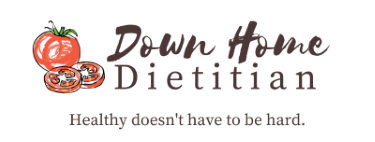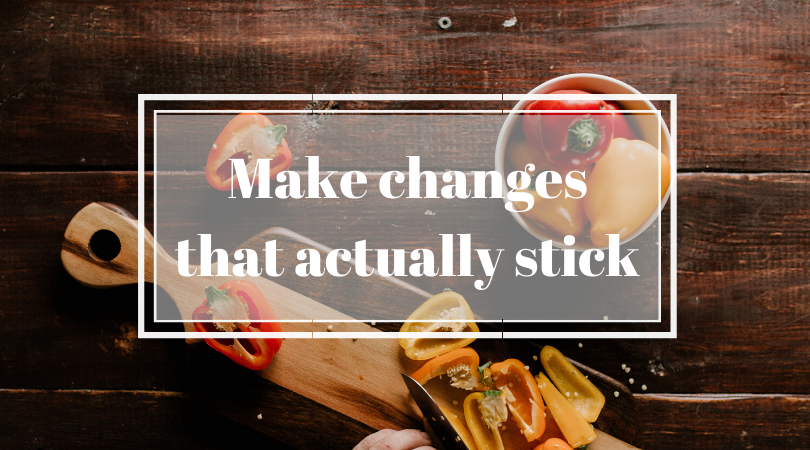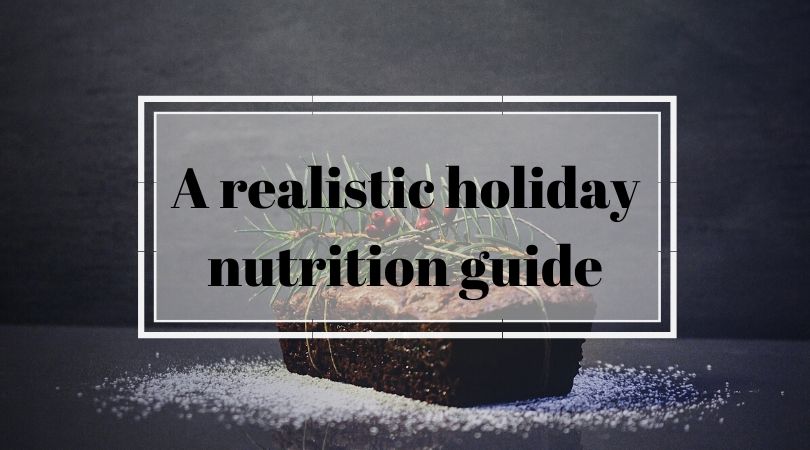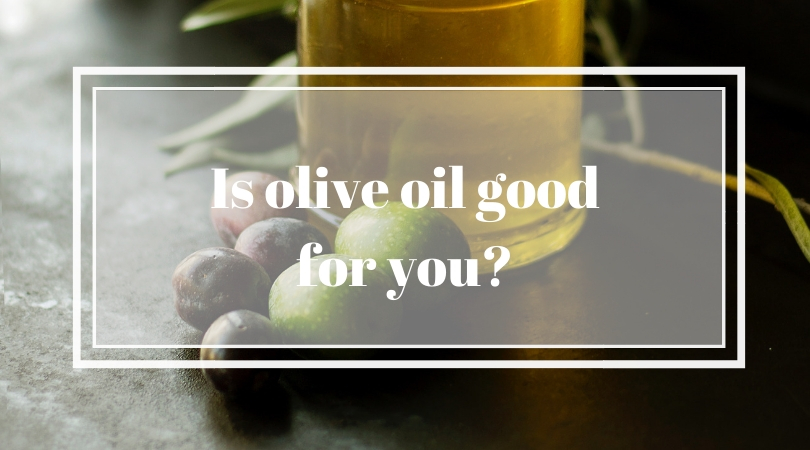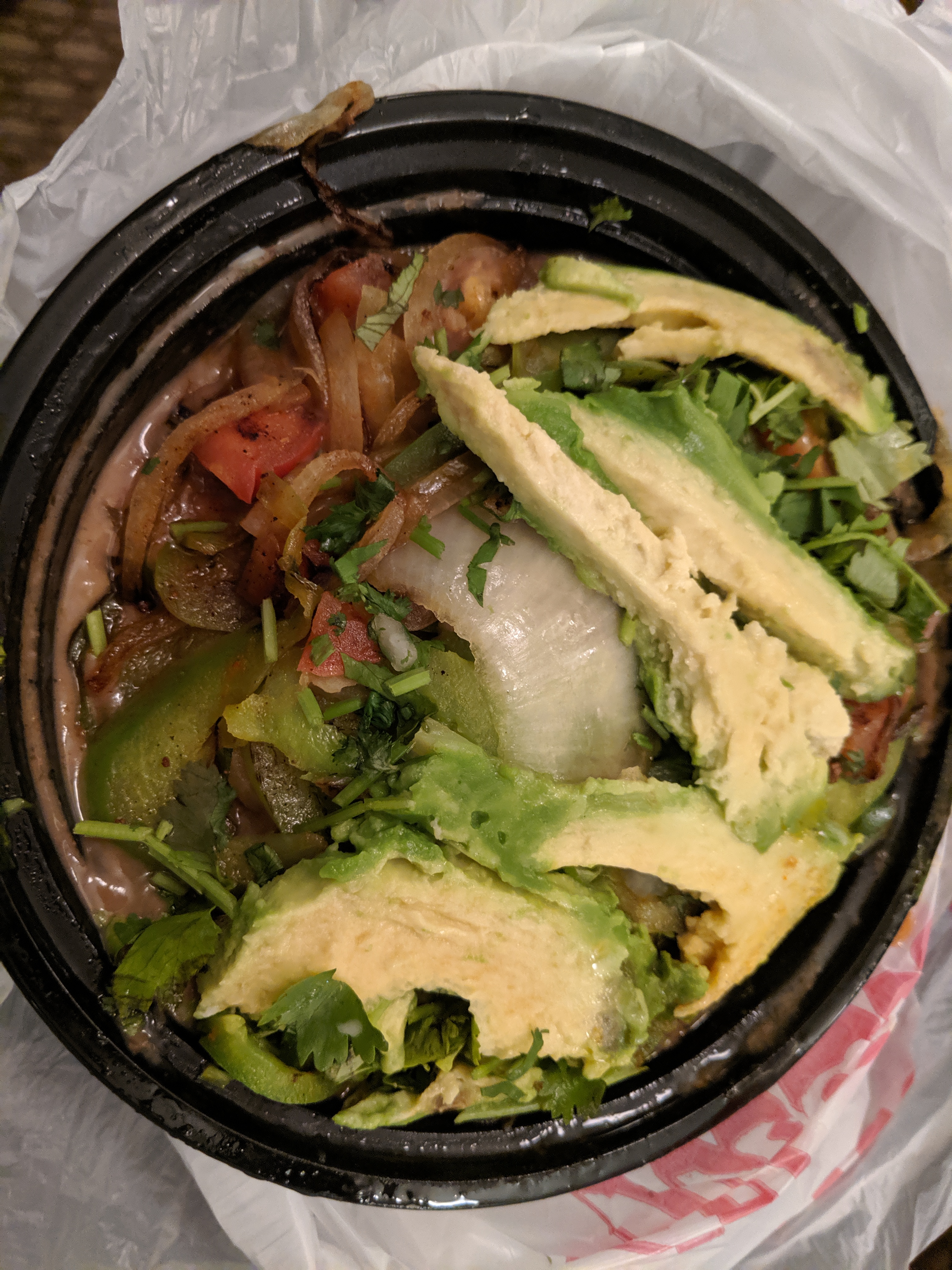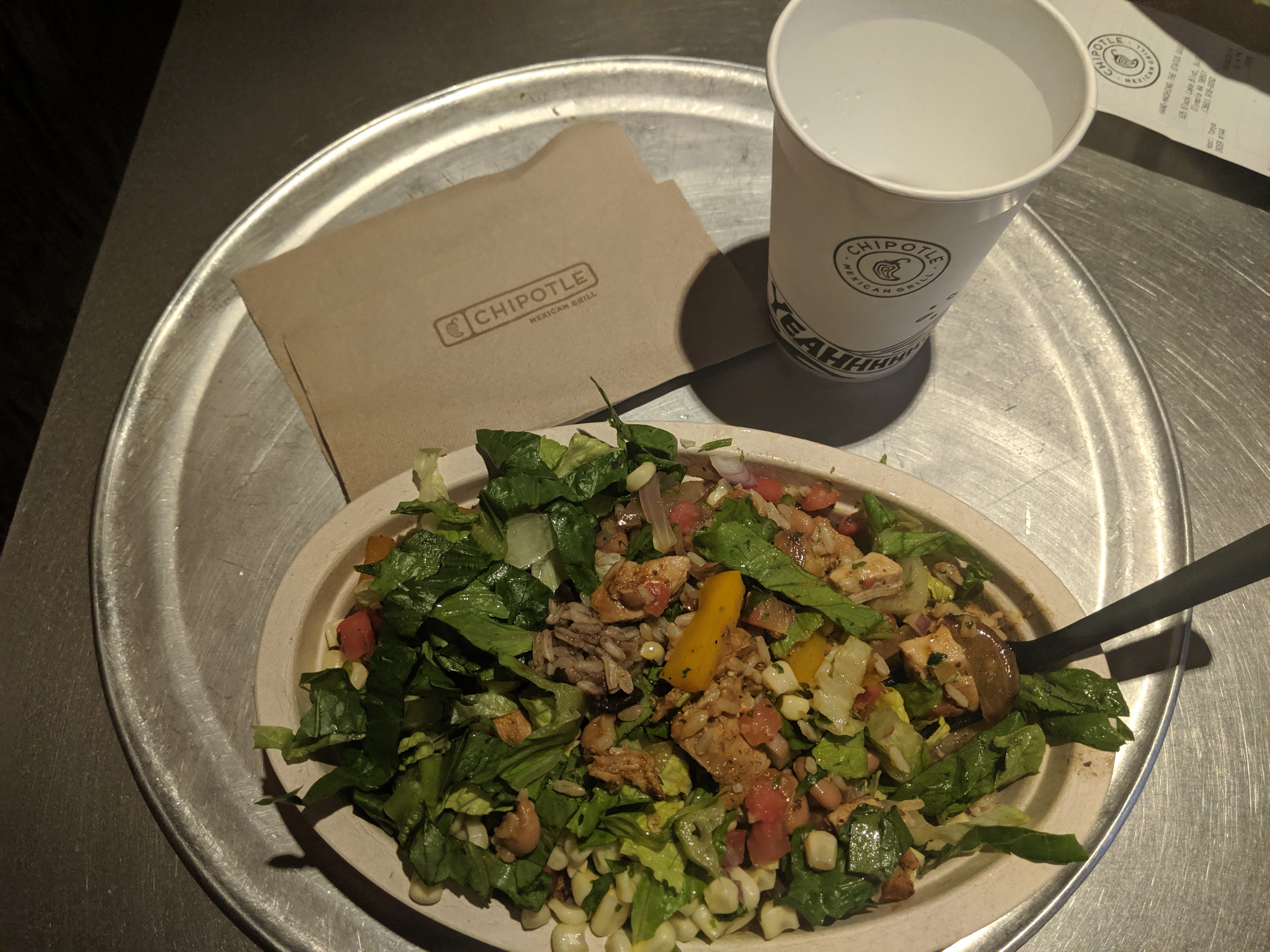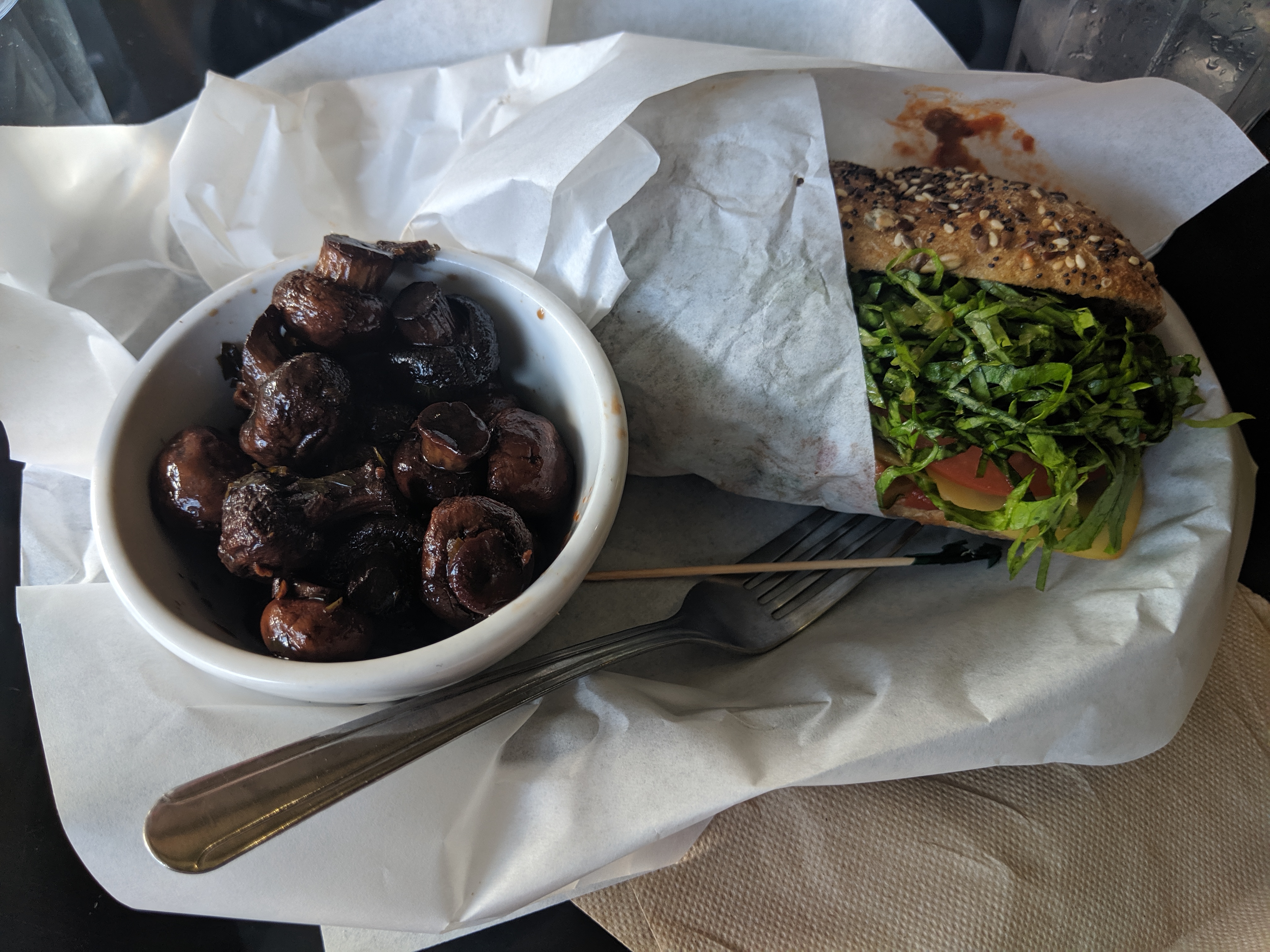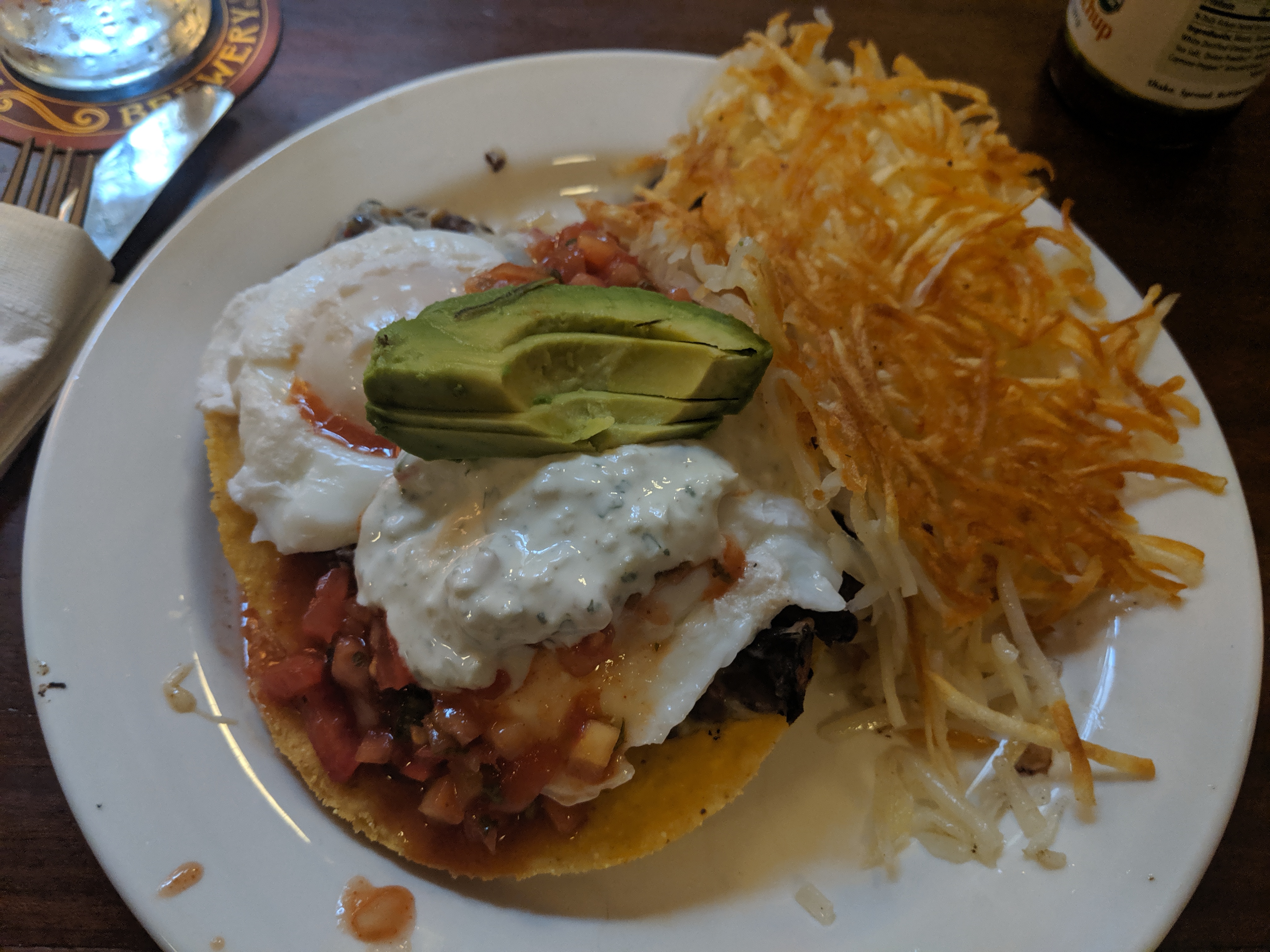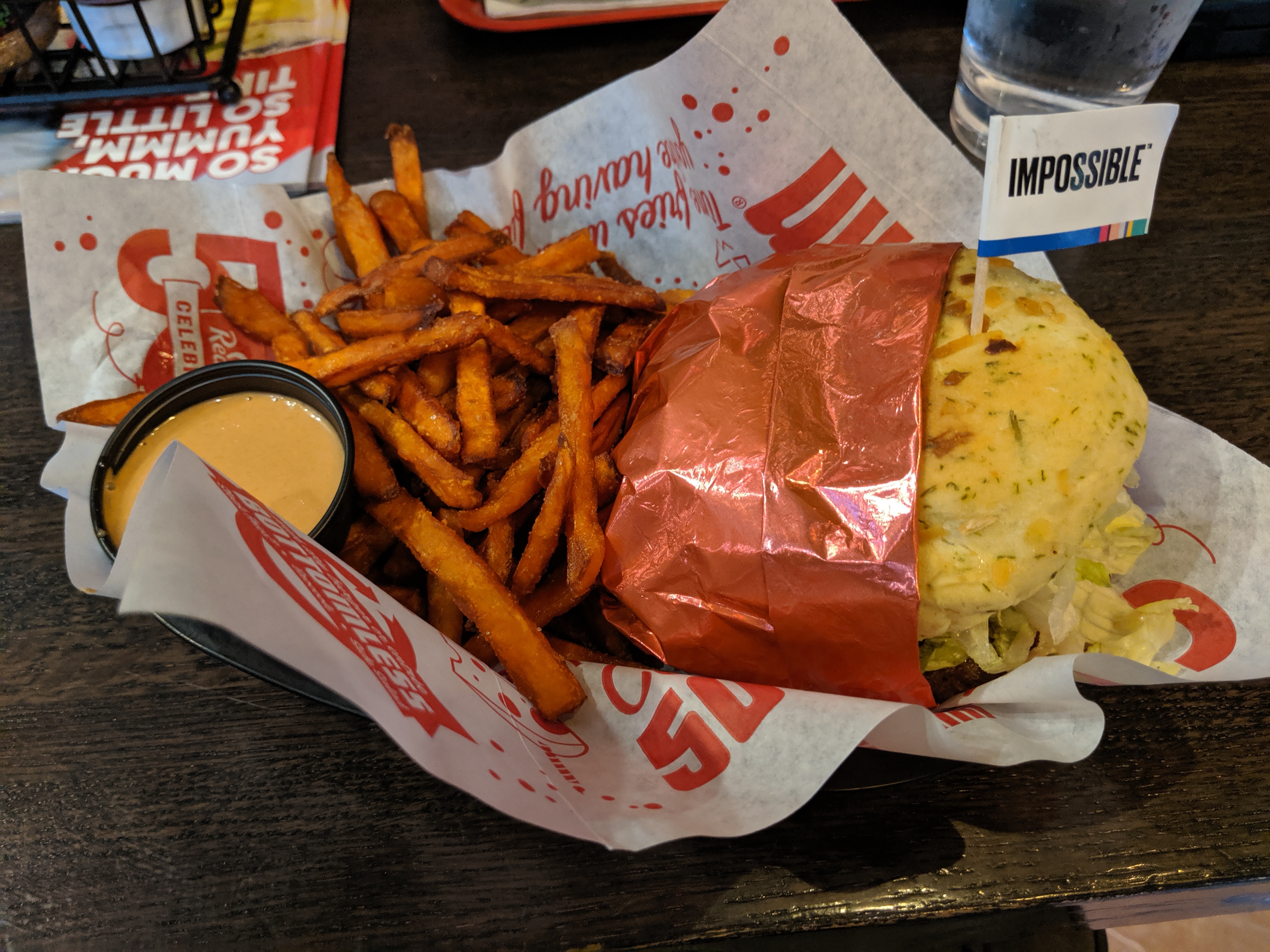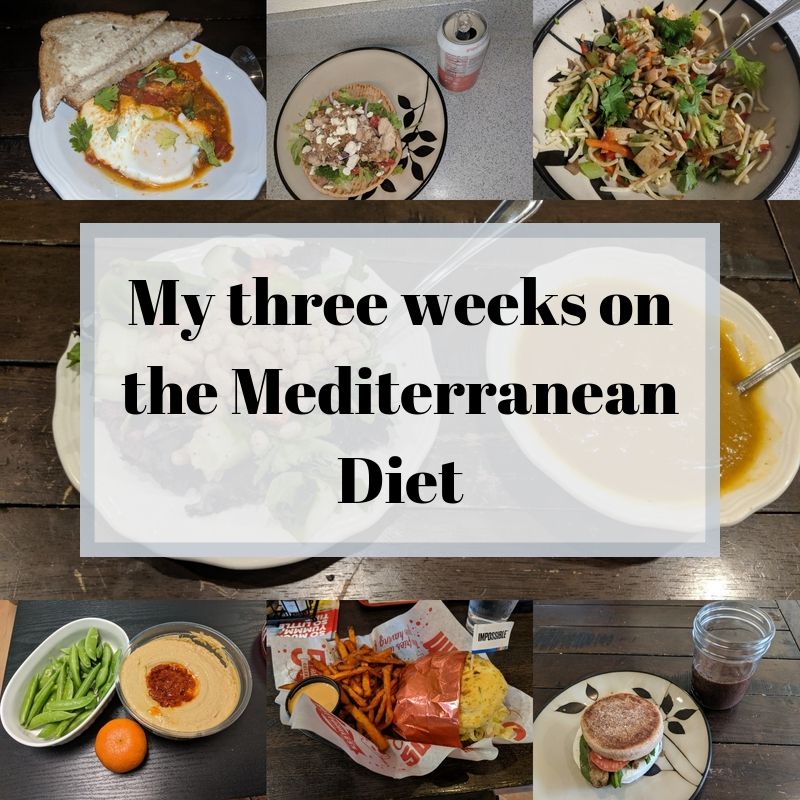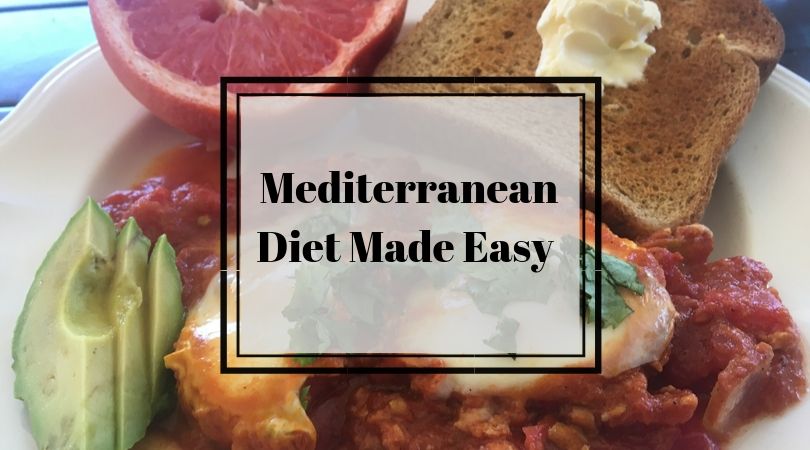You’d have to be living in a mole hole to not have heard of the ketogenic diet. Everyone knows someone who’s on it. What everyone wants to know is whether or not keto is safe and effective. Does the keto diet work for weight loss? Is it dangerous? Is the keto diet nutritionally balanced? Is it easy to follow? There is SO much to say about keto so I’m going to make this post a quick overview. I’ll make more in-depth posts about these topics along the way (with a lot more references), so check back for more info!
What does the research say about the keto diet?
Research about the effectiveness of the keto diet (or similar low carb, high fat diets) for weight management is somewhat mixed. Most of the time, keto-like diets are successful at causing weight loss.1-2 Unfortunately, the research also indicates that the success of keeping that weight off long term (1 year or more) is low (and no better than with other types of diets).3-5
Research on keto’s effects on other health markers (cholesterol, blood glucose, insulin, inflammation, etc) is also mixed. Some studies show the keto diet improves cholesterol markers, others demonstrate that it makes them worse.1,6 Research on inflammation is once again, annoyingly, unclear and conflicting.6-7 For the most part, blood glucose and insulin levels do tend to improve1,6, likely because carbohydrates (and therefore the need for insulin) are largely a non-factor in a ketogenic diet.
With all of the conflicting information, it’s no wonder everyone is so confused about the keto diet. In a future post, I will go much more in-depth about what the research says and what conclusions we can pull from it.
Is the keto diet dangerous?
This answer is a little convoluted (you’re shocked, I know). Short-to-moderate length studies looking to evaluate the safety of the ketogenic diet have mostly unearthed no dangerous results (other than those mentioned above).1 However, few of those studies have looked at the long-term effects of the ketogenic diet (or similar very low carb diets) on metabolism.2,8 By far and away, my largest caution with the keto diet is its long-term effects on metabolism. This is also the main reason I do not recommend the keto diet for my clients and I am not following the keto diet during this feature.
Eating so few carbs mimics a “famine” situation, causing your body to rely more on its body fat stores than on blood glucose. So far, that sounds great, right? But your body expects this to be temporary (think caveman days – in Spring/Summer, the carbs will come back!). After a while, if carbohydrates don’t increase, your body resorts to a more sustainable long-term plan. Your body knows it can’t keep burning through the fat stores – it would rather slow down metabolism and try to preserve its fat stores as much as possible. This nearly always leads to fatigue, brain fog, feeling cold, and a weight loss plateau. Often at this point people become frustrated with the lack of results and begin to eat more carbohydrate. Your body is jazzed – “Spring/Summer is here! We survived! Boy, that was a long one. Next time, we will be even more prepared for Winter.” Translation: we will store more fat. These shifts are backed by documented hormonal changes in mice and humans,4,8-9 and are linked with the weight regain mentioned earlier.
The take-home message: In the long run, very low carb diets like keto teach your body how to store fat more effectively.
Is the keto diet nutritionally balanced?
The answer is a big it depends. I would venture to say that the average keto diet is not nutritionally balanced. I would follow that up by saying that it is possible to eat a nutritionally balanced keto diet, but it takes a lot of intention. Here are some of the nutritional weaknesses I see in keto diets:
- Fiber – Fiber is a type of carbohydrate that composes the structure of certain plant-based foods. Since fiber doesn’t break down into blood glucose, it is not actually limited on the ketogenic diet and will not interfere with ketosis. At the same time, it comes in primarily carbohydrate foods, so the carb limitations often make it quite tricky to get enough fiber while avoiding other carbohydrates. It can be done with certain high-fiber foods such as nuts and seeds, avocados, and berries.
- Vitamin C – While you can certainly get vitamin C from certain keto-friendly vegetables (hey, peppers!), a lot of the best vitamin C sources are fruits, which are very limited on a keto diet. You can definitely make a point to eat vitamin-C containing foods, but you have to make the point to do so.
- Saturated fat – These are the types of fats that are primarily found in animal foods. Being a high-fat diet, unless someone is being very intentional in their food choices, a keto diet is typically quite high in saturated fats. While there are some debates around the appropriate recommendations for saturated fat,10 most keto-dieters I’ve talked with are eating WAY more than even some of the higher evidence-based recommendations. High saturated fat intakes are associated with high levels of cholesterol and increased occurrence of dementia.11-12 Keto dieters can buffer this impact by limiting intakes of high fat meats (sausage, bacon, ribs, hot dogs, etc) and dairy in favor of lean and grass-fed meats and reduced fat dairy. Focus on including a variety of plant-based fats like nuts, seeds, avocado, and olive oil.
Is the keto diet easy to follow?
This kind of depends (do you see a theme here? It seems nutrition rarely has a clear answer). Some people absolutely LOVE meat and veggies and aren’t so big on the carb-y stuff, and keto totally rocks their world. Others – most, if we’re honest – enjoy at least some carbohydrate foods (or the option to eat them without ruining ketosis) on a regular basis. With ketosis, it’s kind of an all-or-nothing thing. You either need to be in and mostly stay in ketosis or regularly meet your carbohydrate needs. Bouncing back and forth or riding the low-carb-but-not-quite-low-enough-for-ketosis train is generally not an enjoyable ride. Many clients complain about low energy, brain fog, fatigue, and weight fluctuations, particularly coming in and out of ketosis. Digestive disturbances come up frequently as well.
My average client finds keto to be a social and nutritional bummer, because it restricts a lot of foods – particularly delicious and commonly social foods. It can also be a challenge for some to consume enough fat to promote ketosis and meet caloric needs. I can’t even count how many clients and friends have followed keto for a few weeks or months, convinced it was going great, only to decide it was too restrictive and they weren’t enjoying their food quality of life or feeling their best. The same high dropout trend is commonly seen in studies about low-carbohydrate diets.3 When deciding about a diet, be sure to take the nutritional and safety factors into account as well as your personality, favorite foods, and family/friends.
You Might Also Like
What the Research Says about Intermittent Fasting
The #1 Thing You MUST do to Save Time Living a Healthy Life
Anti-Inflammatory Add-Ins and Supplements
References
- Dashti, Hussein M et al. “Long-term effects of a ketogenic diet in obese patients.” Experimental and clinical cardiology vol. 9,3 (2004): 200-5.
- David S Ludwig, The Ketogenic Diet: Evidence for Optimism but High-Quality Research Needed, The Journal of Nutrition, nxz308, https://doi.org/10.1093/jn/nxz308
- Phelan, S., Wyatt, H., Nassery, S., DiBello, J., Fava, J.L., Hill, J.O. and Wing, R.R. (2007), Three‐Year Weight Change in Successful Weight Losers Who Lost Weight on a Low‐Carbohydrate Diet. Obesity, 15: 2470-2477. doi:10.1038/oby.2007.293
- Cardillo, S., Seshadri, P., Iqbal, N. The effects of a Low Carbohydrate vs. Low Fat Diet on adipocytikines in severely obese adults: a three-year-follow-up on a randomized control trial. Eur Rev Med Pharmacol Sci vol. 10 (2006): 99-106.
- Foster, G., et al. A randomized trial of a low-carbohydrate diet for obesity. N Engl J Med (2003); 348:2082-2090
DOI: 10.1056/NEJMoa022207. - Rosenbaum, M., et al. Glucose and lipid homeostasis and inflammation in humans following an isocaloric ketogenic diet. Obesity. 2019 Jun;27(6):971-981. doi: 10.1002/oby.22468. Epub 2019 May 8.
- Shen, Y., Kapfhamer, D., Minnella, A.M. et al. Bioenergetic state regulates innate inflammatory responses through the transcriptional co-repressor CtBP. Nat Commun 8, 624 (2017). https://doi.org/10.1038/s41467-017-00707-0
- Goldberg, E.L., Shchukina, I., Asher, J.L. et al. Ketogenesis activates metabolically protective γδ T cells in visceral adipose tissue. Nat Metab 2, 50–61 (2020). https://doi.org/10.1038/s42255-019-0160-6
- Cooper, E. The Metabolic Storm: The science of your metabolism and how its making you fat. Seattle Performance Medicine. 2015. 2nd edition.
- Enos, R., et al. Influence of dietary saturated fat content on adiposity, macrophage behavior, inflammation, and metabolism: composition matters.
- Enos, R., et al. Influence of The Journal of Lipid Research. doi: 10.1194/jlr.M030700 (2013), 54, 152-163.
- Greenwood, C., Winocur, G., High-fat diets, insulin resistance and declining cognitive function. Neurobiology of Aging. Volume 26, Issue 1, Supplement (2005) 42-45. https://doi.org/10.1016/j.neurobiolaging.2005.08.017.
- Barnard, N. D., Bunner, A. E., Agarwal, U. Saturated and trans fats and dementia: a systematic review. Neurobiology of Aging. Volume 35, Supplement 2 (2014) S65-S73. https://doi.org/10.1016/j.neurobiolaging.2014.02.030.
